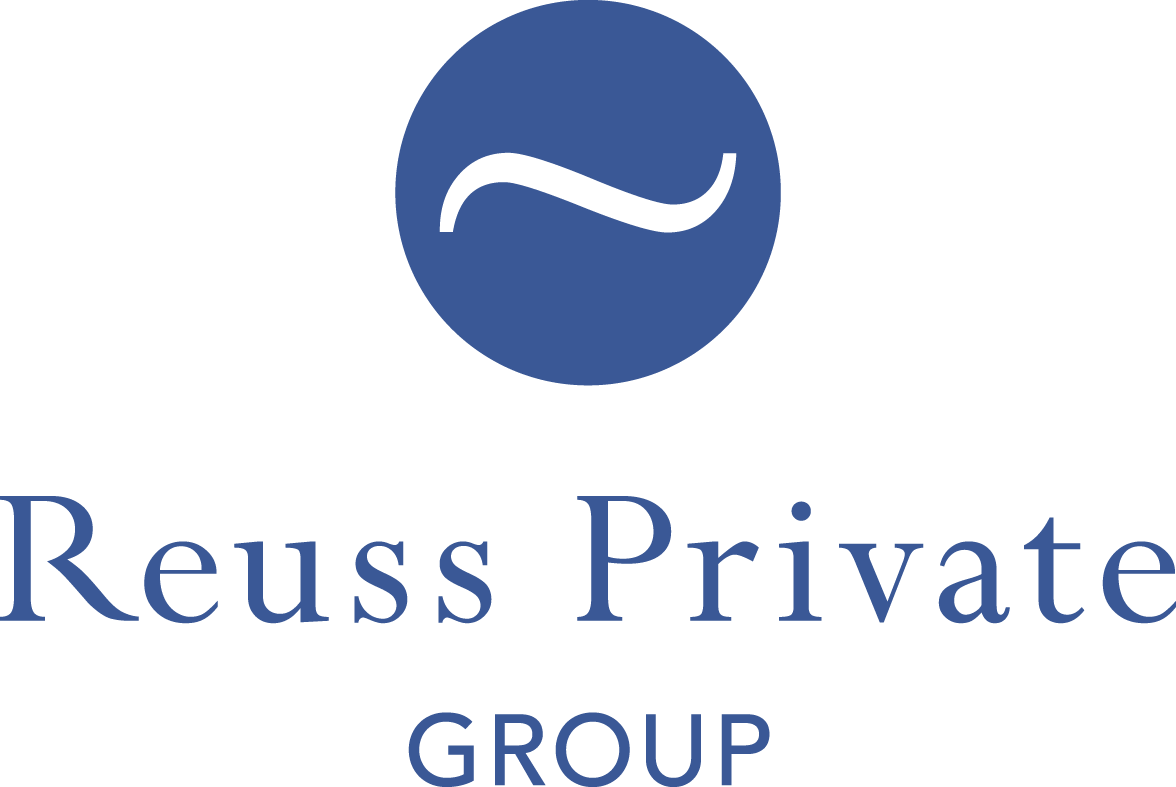Market Outlook 2024
by
Felix Ronner
Moderate global growth, geopolitical tensions and macroeconomic volatility: These and other factors will persist into the new year. Significantly lower inflation rates or the end of the cycle of rising interest rates also harbour opportunities for the economy.
The global growth trend is characterised by a combination of persistently high levels of debt, demographic change and low productivity progress. These factors are contributing to increased inequality and are having a significant influence on political constellations through increasing polarisation. At the same time, we are seeing a renationalisation of economic and social policy as well as persistent supply shortages in the labour markets.
Economy slowly recovering
Macroeconomic volatility and nominal growth remain at a high level compared to the last decade. As global growth gradually recovers in 2024, the likelihood of a recession in the US remains low. While inflation rates are also declining significantly, inflation in services persists. Neither in Europe nor in the US will inflation fall below 2% on a sustained basis for an extended period, so the average inflation rate is expected to remain relatively high over the next few years. While the global growth at present is restrained, there is potential for a rebound that could surpass expectations.
Signs of a shift in monetary policy
With the US Federal Reserve and the European Central Bank (ECB) expected to end their cycle of interest rate hikes, interest rate cuts could begin from around mid-2024. In the long term, state-led investment activities are likely to increase and thus support economic growth. There are also signs of a possible de-dollarization and a potential decoupling from the Western economic system in the BRICS countries in the coming year. This could potentially lead to a competition between two new currency systems.
Political risks threaten economic growth
Geopolitical risks, including conflicts in regions such as Ukraine, Israel, Iran, Taiwan and Turkey, have intensified and are expected to persist in the longer term. This is reinforcing the trend towards de-globalisation. General fiscal policy tends towards expansion, with Germany being an exception with noticeable fiscal tightening. Furthermore, the rise of anti-EU parties in Europe and protectionist measures by the US government are increasing global risks and the potential for negative scenarios, particularly in the event of a new trade war between the US and China.
Market environment offers potential
The outlook for equities remains volatile and is characterised by challenging declines, but shows a generally positive long-term trend. The tight monetary policy has led to valuations that appear attractive in the long term. Both rising corporate profits and growing valuations can contribute to a positive performance. At the same time, the trend towards sustainable investments and ‘green finance’ is increasing across all asset classes. Yields on bonds considered ‘safe’, such as German Bunds and US Treasuries, will remain stable in the medium term. Given the prospect of interest rate cuts, spread products remain attractive, while carry and roll-down continue to be important for fixed income investors. Precious metals and commodities are also expected to enjoy a favourable long-term environment.
Challenges and cautious optimism
The decline in inflation is expected to continue in 2024. It is likely to remain structurally higher in the coming years. This would result in nominal growth once again being higher than before the pandemic, albeit slightly lower than in the last two years. In contrast to the last two years, however, this will no longer be accompanied by a massive tightening of monetary policy, but by interest rate cuts.
Are you interested in the complete annual outlook? You can download it here.


